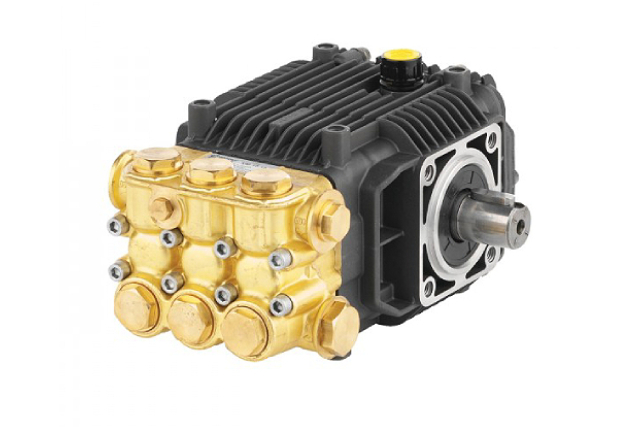Understanding Plunger Pumps: What Are They Used For?

Water pumps come in a variety of classifications, such as positive displacement pumps, and under the positive displacement pump classification, there are likewise different types of equipment used for various industrial applications. One of the most common types of positive displacement pumps used across different industries is the plunger pump. Also referred to as a “reciprocating pump,” a plunger pump is a positive displacement pump that employs a back-and-forth moving plunger to transport fluid through a cylindrical chamber. The plunger is generally powered by a crankshaft or another kind of mechanical linkage.
As the plunger conducts a back-and-forth motion, it generates a pressure difference that drives fluid into and out of the pump chamber via outlet and inlet valves. Oftentimes, plunger pumps are utilised in applications that demand high-pressure and/or high flow rates, such as oil and gas operations, industrial cleaning, and water treatment. To find out more about this common type of positive displacement pump, read on as this article tackles everything one needs to know about plunger pumps.
What is a Plunger Pump?
As mentioned earlier, a plunger pump is a kind of positive displacement pump that utilises a smooth, cylindrical plunger moving back and forth within a chamber to create high pressure and transport fluids. Its main characteristic is a stationary high-pressure seal through which the plunger slides, thereby making it more suitable for high-pressure applications than piston pumps, where the seal moves with the piston. Essentially, a plunger pump operates by drawing in fluid during the outward stroke of the plunger and expelling it during the inward stroke, with valves regulating the flow.
Oftentimes, plunger pumps are compared to piston pumps, but these two are essentially different. A plunger pump features a stationary high-pressure seal through which a smooth cylindrical plunger slides, using a reciprocating motion to pressurise water and push it through the outlet valve. This design allows for higher-pressure applications compared to piston pumps. The key difference here is that plunger pumps have a constant diameter plunger moving through packing glands, displacing liquid from cylinders with significant radial clearance. Moreover, plunger pumps are single-acting, which means only one end of the plunger is involved in pumping the liquid.
What is the Use of a Plunger Pump?
Like other industrial machines like screw compressors and wet and dry vacuum cleaners in Singapore, plunger pumps are utilised in a variety of industrial applications. Compared to others, however, these applications demand high flow rates and/or high pressure. Here are some of the most common uses of plunger pumps:
- Industrial Cleaning: Plunger pumps are utilised in industrial cleaning equipment, like steam cleaners and pressure washers, to produce high-pressure water or steam for cleaning machinery and surfaces. They basically enable high-pressure cleaners to maintain heavy equipment and ensure clean environments at all times.
- Chemical Processing: Plunger pumps are also employed in chemical processing to handle a variety of fluids, including abrasive and corrosive liquids.
- Water Treatment: Plunger pumps are frequently utilised in water treatment processes, including desalination and reverse osmosis, to force water through membranes at high pressure.
- Agriculture: Plunger pumps can also be utilised in agricultural settings, including irrigation systems, to deliver water at high flow rates.
- Oil and Gas: In oil and gas drilling, plunger pumps are used to inject fluids like cement and drilling mud into the wellbore at high pressure.
Conclusion
Plunger pumps are highly valuable across different industrial applications due to their ability to handle high-pressure and high-flow rate tasks with reliability and precision. Their sturdy design allows them to handle a wide range of fluids, including abrasive, corrosive, and viscous substances. This versatility then makes them indispensable in a variety of industries, such as oil and gas, industrial cleaning, and water treatment. Overall, the consistent performance and durability of plunger pumps make them a crucial component in many demanding industrial environments, as they ultimately help ensure efficient and reliable operation.

